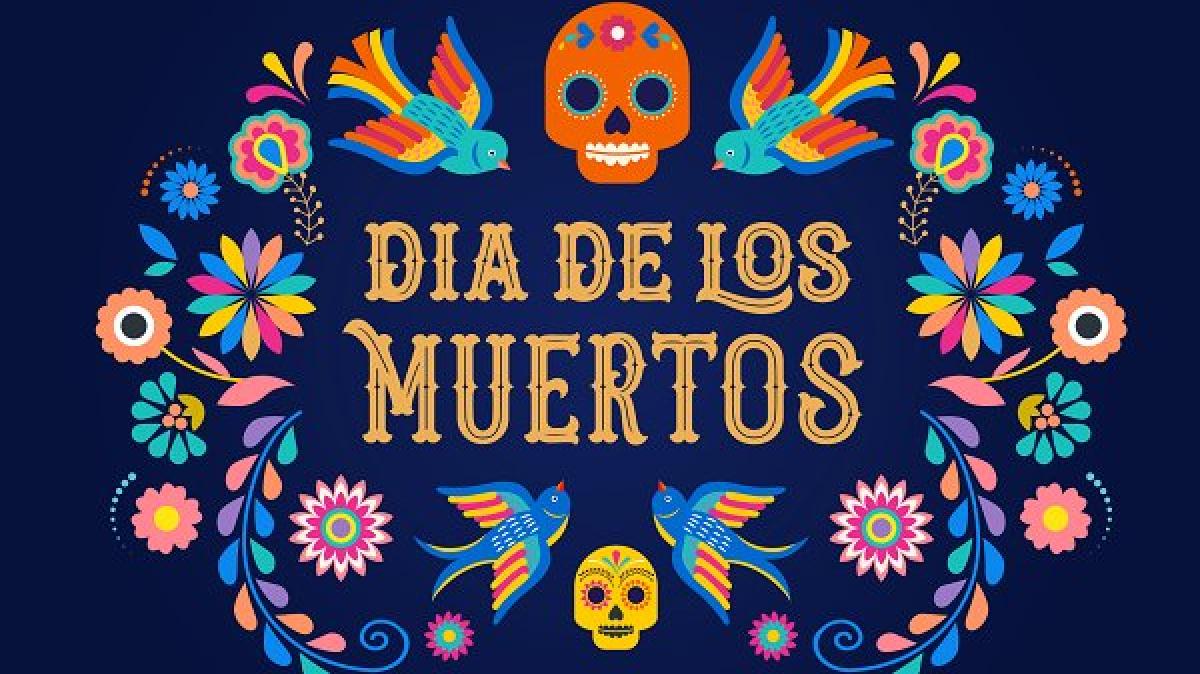El Dia de los Muertos
October 31 - November 2, 2020

On behalf of Mi Gente’ and the IDO please join the community in recognition of Dia de los Muertos.
What is Dia de los Muertos?
In the United States, Mexico and parts of Central and South America October 31 November 2 is recognized as “El Dia de los Muertos” or “the Day of the Dead.” This celebration reflects a pre-Hispanic understanding of death as a part of life rather than an end or something to be feared. During Dia de los Muertos (Dia los Muertos), the souls of departed loved ones are welcomed back to earth for a few special hours.
How are the souls of ancestors and past loved ones honored?
Welcoming traditions are as diverse as the peoples of Mexico and the Americas. Family rituals are private and often include:
- Ofrendas or Altars
An altar prepared at home and often at the grave sites of loved ones. This temporary altar is a way for families to honor their loved ones and provide them what they need on their journey. They are decorated with bright yellow flowers –cempasuchiles (flowers of the dead) –as well as with family photos, candles, religious images, offerings of food and drink, and even special objects loved by the deceased in life.
- Flowers (Cempasuchils)
The cempasúchil, a type of marigold flower native to Mexico, is often placed on ofrendas and around graves. With their strong scent and vibrant color, the petals are used to make a path that leads the spirits from the cemetery to their families’ homes.
- Monarch Butterflies
Monarch butterflies play a role in Día de los Muertos because they are believed to hold the spirits of the departed. This belief stems from the fact that the first monarchs arrive in Mexico for the winter each fall on Nov. 1, which coincides with Día de los Muertos.
- Calaveritas de azúcar
Calaveritas de azúcar, or sugar skulls, along with toys, are left on the altars for children who have passed. The skull is used not as a morbid symbol but rather as a reminder of the cyclicality of life, which is why they are brightly decorated.
While sacred and often private, this tradition is a celebration and like other celebrations, Día de los Muertos is filled with music and dancing. Some popular dances include La Danza de los Viejitos—the dance of the little old men—in which boys and young men dress as old men, walk around crouched over then suddenly jump up in an energetic dance. Another dance is La Danza de los Tecuanes—the dance of the jaguars—that depicts farm workers hunting a jaguar.
The Spaniards brought all Saints and All Souls day to this tradition and it must be noted that this sacred tradition is not a part of Halloween.